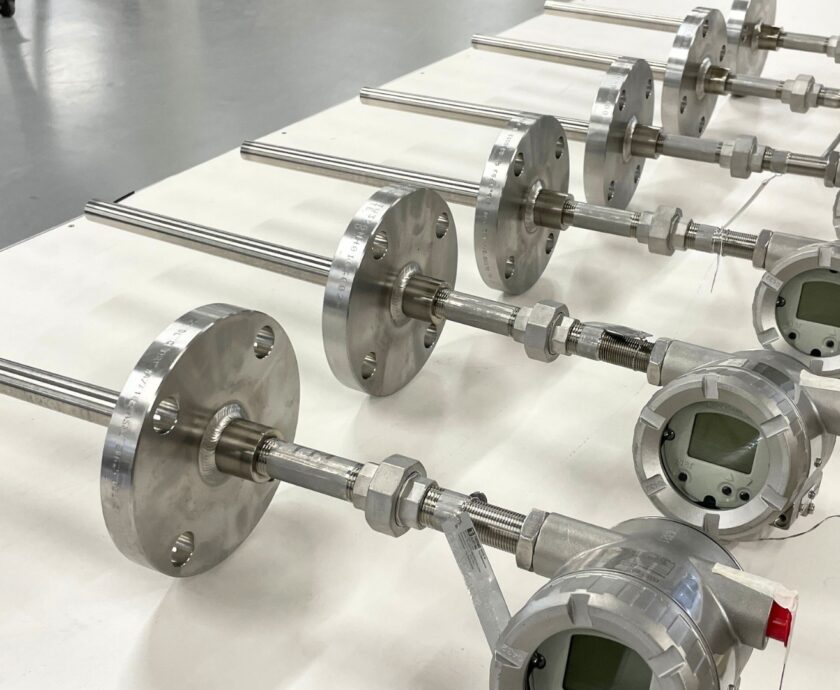Type K thermocouples are the go-to choice for temperature measurement across a range of industries, thanks to their durability, affordability, and wide temperature range. However, even the most reliable devices are subject to challenges like ageing and drift, which can compromise their performance. In this week’s article, we’ll uncover the causes of these issues and provide you with valuable insights on how to tackle them, ensuring your Type K thermocouples continue to deliver accurate and reliable results.
A Closer Look at Type K Thermocouples
Before diving into the intricacies of ageing and drift, let’s take a moment to understand what sets Type K thermocouples apart. Constructed with a Chromel (nickel-chromium) positive leg and an Alumel (nickel-aluminium) negative leg, these temperature sensors are capable of measuring a broad temperature range, from -200°C to 1,200°C. The voltage generated between the two legs is proportional to the temperature difference between the measuring junction and the reference junction.
Causes of Aging and Drift in Type K Thermocouples
Metallurgical Transformations
The thermoelectric properties of the thermocouple materials can alter over time due to exposure to high temperatures. This can lead to:
- Recrystallisation: Elevated temperatures can cause the metals’ grain structures to change, resulting in modifications to their thermoelectric properties.
- Oxidation: The formation of oxide layers on the thermocouple wires may cause a decrease in performance as the effective cross-sectional area is reduced.
Contamination Concerns
Impurities in the metals can create unpredictable changes in their thermoelectric properties. These impurities may originate during manufacturing or accumulate over time as the thermocouple is exposed to various environmental factors.
Temperature Cycling Tribulations
Frequent temperature fluctuations can cause mechanical stresses on the thermocouple materials, leading to changes in their thermoelectric properties over time.
Fighting Back: Mitigating Aging and Drift in Type K Thermocouples
Correct Installation
Ensure that your thermocouple is correctly installed and maintained, minimising exposure to mechanical stress and corrosive environments.
Temperature Taming
Avoid rapid temperature fluctuations, and ensure that the thermocouple operates within its specified temperature range.
Regular Calibration
Regular calibration of the thermocouple can help to identify any drift in performance and ensure that the device remains accurate throughout its lifespan.
Gauging the Performance of Type K Thermocouples
To evaluate the performance of a Type K thermocouple, you can use the following methods:
- Reference Thermocouple Comparison: Compare the readings of the thermocouple in question to those of a calibrated reference thermocouple at known temperatures.
- Ice Bath Test: Place the thermocouple in an ice bath and compare its readings to the known temperature of the ice bath (0°C).
Ageing and drift in Type K thermocouples are phenomena that can impact the accuracy and reliability of these temperature sensors. By understanding their causes and implementing the suggested mitigation methods, you can help your Type K thermocouples maintain their performance throughout their lifespan. Remember! Regular assessment and calibration are essential to keeping these popular temperature-measuring sensors operating at their best.




